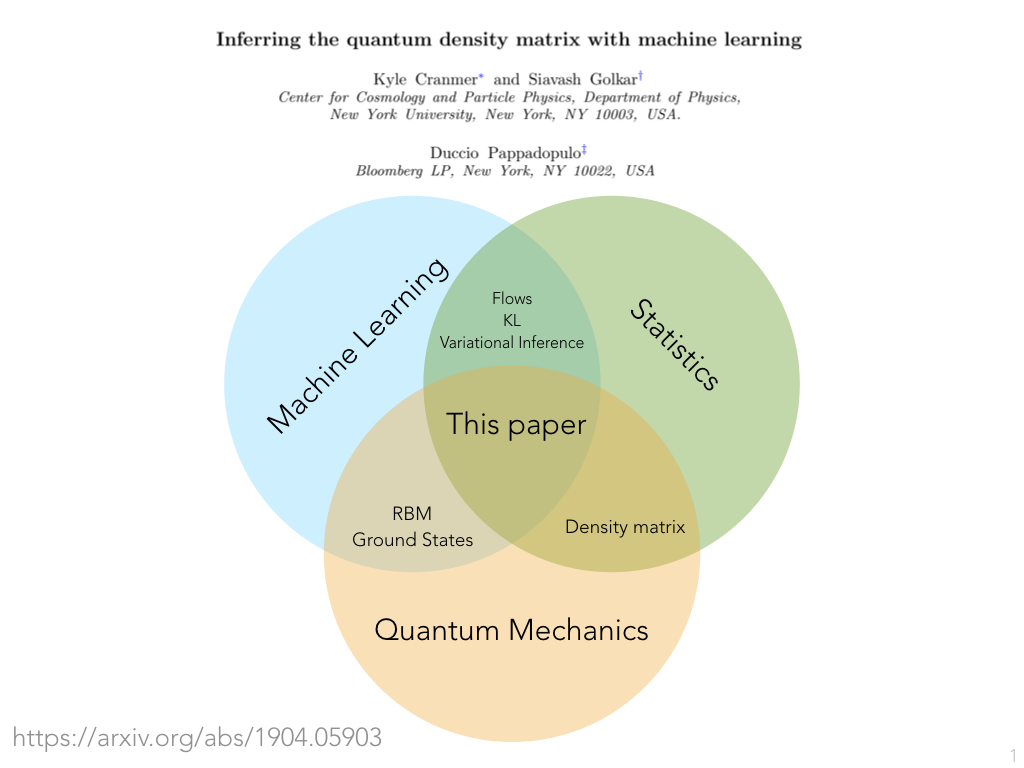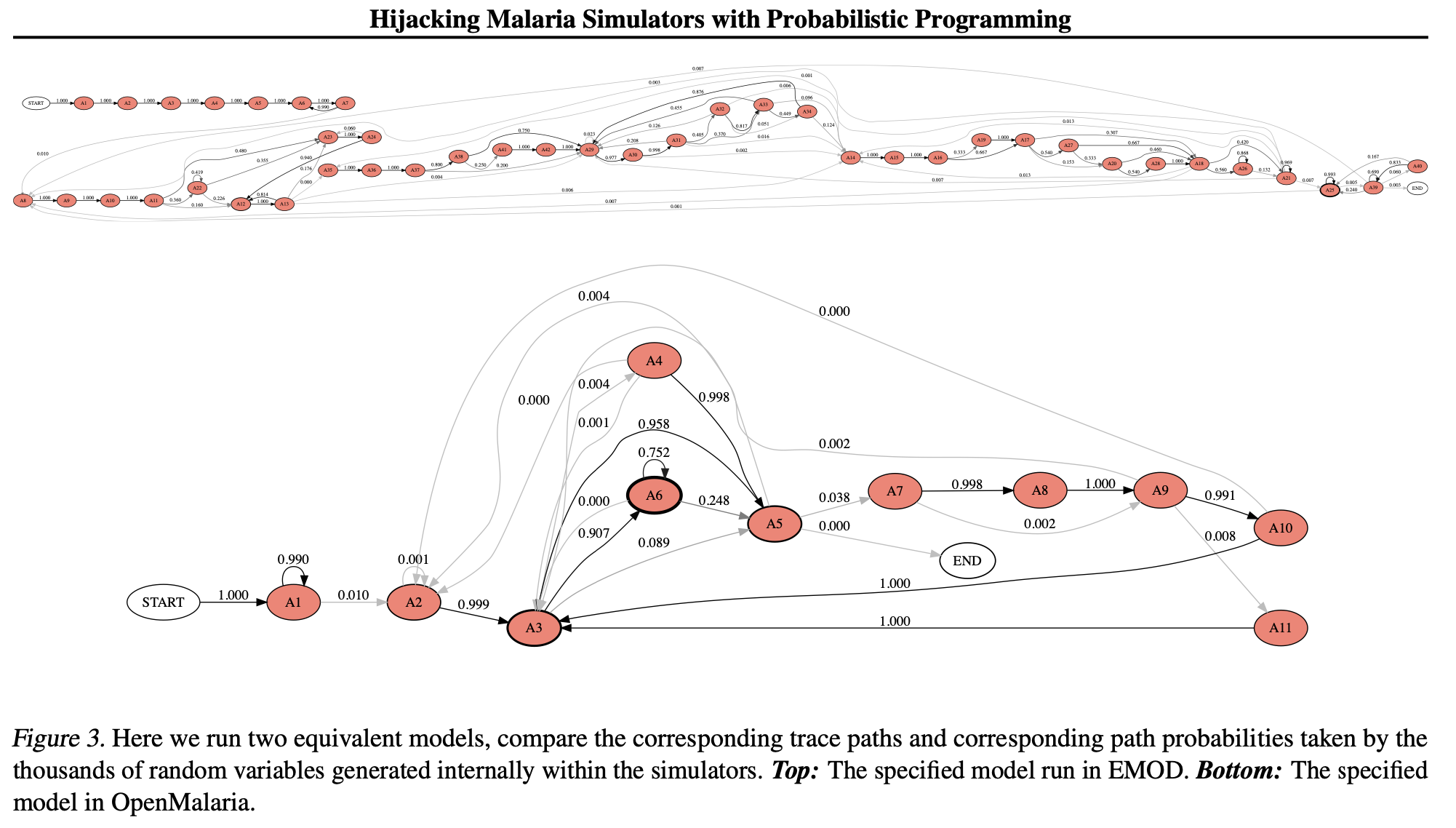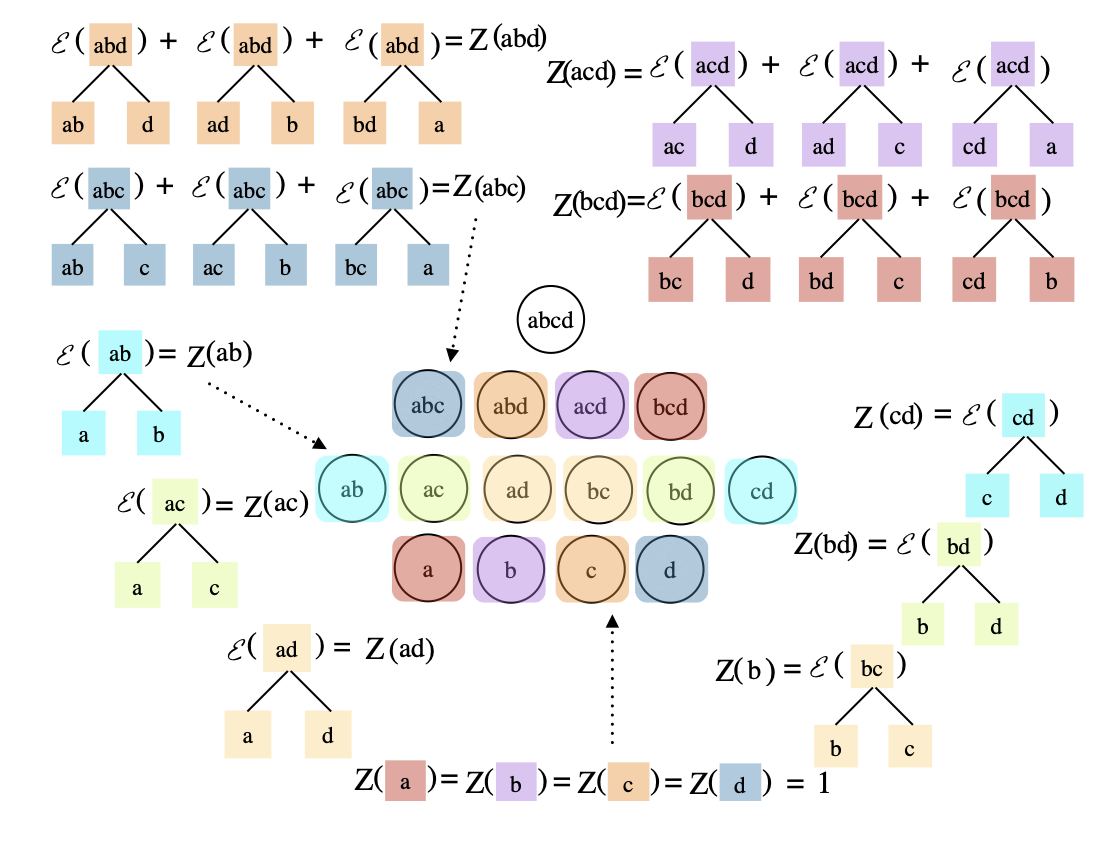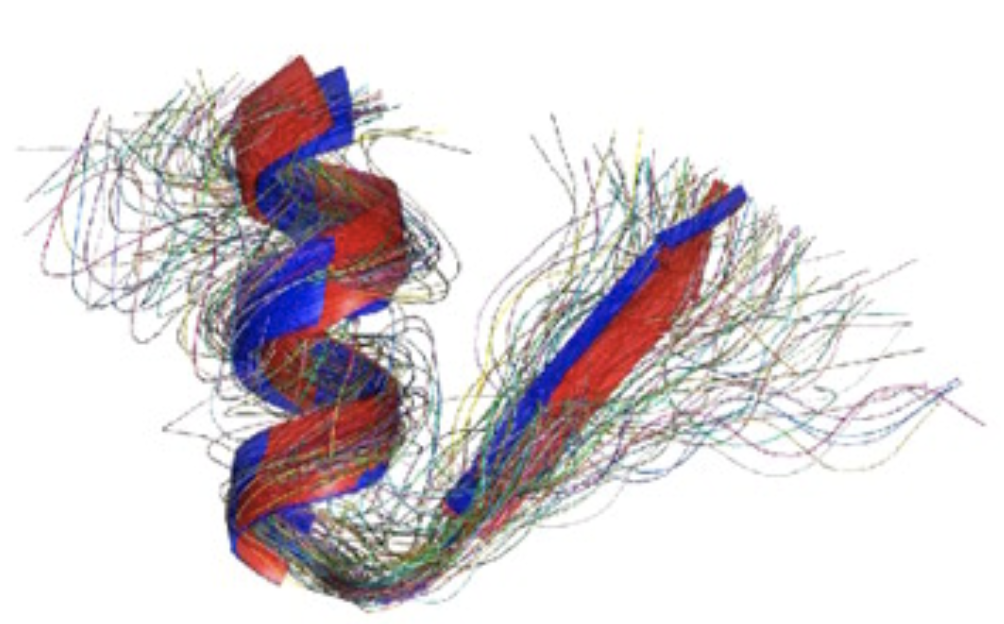IRIS-HEP has been established to meet the software and computing challenges of the experimental particle physics community. However, the tools and techniques developed by IRIS-HEP were also anticipated to have impact beyond high-energy physics. IRIS-HEP is an excellent example of use-inspired research, and the products of that research is often applicable to other domains. Similarly, IRIS-HEP is embracing the NSF theme of convergence as we must bring together developments in computer science, data science, and statistics to meet the demands of the LHC. This page collects examples of IRIS-HEP research that has impact beyond particle physics.
COVID-19
Like many scientific research and research computing teams, IRIS-HEP is organizing to contribute its software and computing capabilities and team in support of activities to meet the challenge of the COVID-19 pandemic. Read more about IRIS-HEP's efforts to respond to COVID-19.
For example, Princeton researchers Peter Elmer, Henry Schreiner, David Lange and Jim Pivarski are contributing the software for a patient pressure and airflow monitoring system for ventilators. The system allows up to 20 patients to be monitored remotely by a nurse in a COVID-19 field hospital, with relevant alarms. This outreach activity is being done in collaboration with Penn Medicine and a number of other Princeton Physics, Mechanical Engineering and Neuroscience faculty. The system includes data analysis algorithms, visualization and data acquisition from the sensor system (written in Python). The video shows the nurse monitoring station GUI with simulated time series data for airflow, lung pressure and tidal volume transferred to the lungs. Read more here.
Proteins and Robotics
In collaboration with reseachers at DeepMind and MIT, Kyle Cranmer uses machine learning to describe data that is restricted to certain shapes because of geometric constraints. This type of structure appears in protein structure, robotics, geology, nuclear physics, and high energy particle physics. Read the paper: aXiv:2002.02428. (Protein figure from Boomsma Boosma, PNAS.) )
Quantum Information & Spectral Methods
Machine learning techniques are being used within IRIS-HEP to enable powerful new forms of statistical inference. Partially supported by IRIS-HEP's exploratory machine learning efforts, Kyle Cranmer and collaborators explored generalizing those techniques from classical data to quantum systems, which resulted in this paper. The technique also has applications in spectral learning, which has a broad range of applications in signal processing, and has been cited by researchers at DeepMind that developed Spectral Inference Networks. This work was followed up for quantum information in Variational Autoregressive Networks and Quantum Circuits by researchers at the Chinese Academy of Sciences.Algorithmic Fairness, Privacy, and Causality
As machine learning becomes increasingly integrated into our modern lives, a major concern is that the outcome of an automated decision making system should not discriminate between subgroups characterized by sensitive attributes such as gender or race. This is the basis of research around "algorithmic fairness". A similar problem appears in the context of particle physics where physicists don't want the outcome to depend on an uncertain quantity. To address this problem, Gilles Louppe, Michael Kagan, and Kyle Cranmer developed a technique to train a neural network to be independent of one or more attributes. The technique has been applied to or inspired various work on algorithmic fairness including "One-Network Adversarial Fairness". The image to the left is taken from this nice blog post by Stijn Tonk. In addition, the work has inspired work by researchers at INRIA and UC Berkeley in privacy and encryption as well as research into the correlation-versus-causation dilemma.
Epidemiology
IRIS-HEP researchers collaborated with computer scientists at Oxford and NERSC to instrument particle physics simulators with new capabilities. The "Etalumis" project was nominated for best paper at SC’19 (SuperComputing) and has been written about here and here. The PPX protocol and pyprob tools developed for those studies have since been applied to epidemiological studies such as “Hijacking Malaria Simulators with Probabilistic Programming”, (source of image) and are now being applied to COVID19 (see “Planning as inference in epidemiological dynamics models” and Simulation-Based Inference for Global Health Decisions).
Genomics
Hierarchical clustering is a common clustering approach for gene expression data. Within particle physics hierarchical clusterring appears in the context of jets -- the most copiously produced objects at the Large Hadron Collider. One challenge is that the number of hierarchical clusterings grows very quickly with the number of objects being clustered. IRIS-HEP researchers Sebastian Macaluso and Kyle Cranmer connected with computer scientists at U. Mass Amherst to extend a clustering algorithm they had developed for the hierarchical case. This algorithm was applied to both particle physics and cancer genomics studies in Compact Representation of Uncertainty in Hierarchical Clustering.
Dark Matter Astrophysics
While we know dark matter exists in the universe, we still don't know what it is made of. One approach to pinning down the nature of dark matter is through astrophysics. In particular, images of galaxies that are distorted through gravitational lensing can encode subtle hints about the nature of dark matter, but extracting that information from the images is challenging. IRIS-HEP and former DIANA-HEP researchers joined astro-particle physicist Siddharth Mishra-Sharma to apply techniques originally developed for the LHC to this challenging problem in Mining for Dark Matter Substructure: Inferring Subhalo Population Properties from Strong Lenses with Machine Learning.

